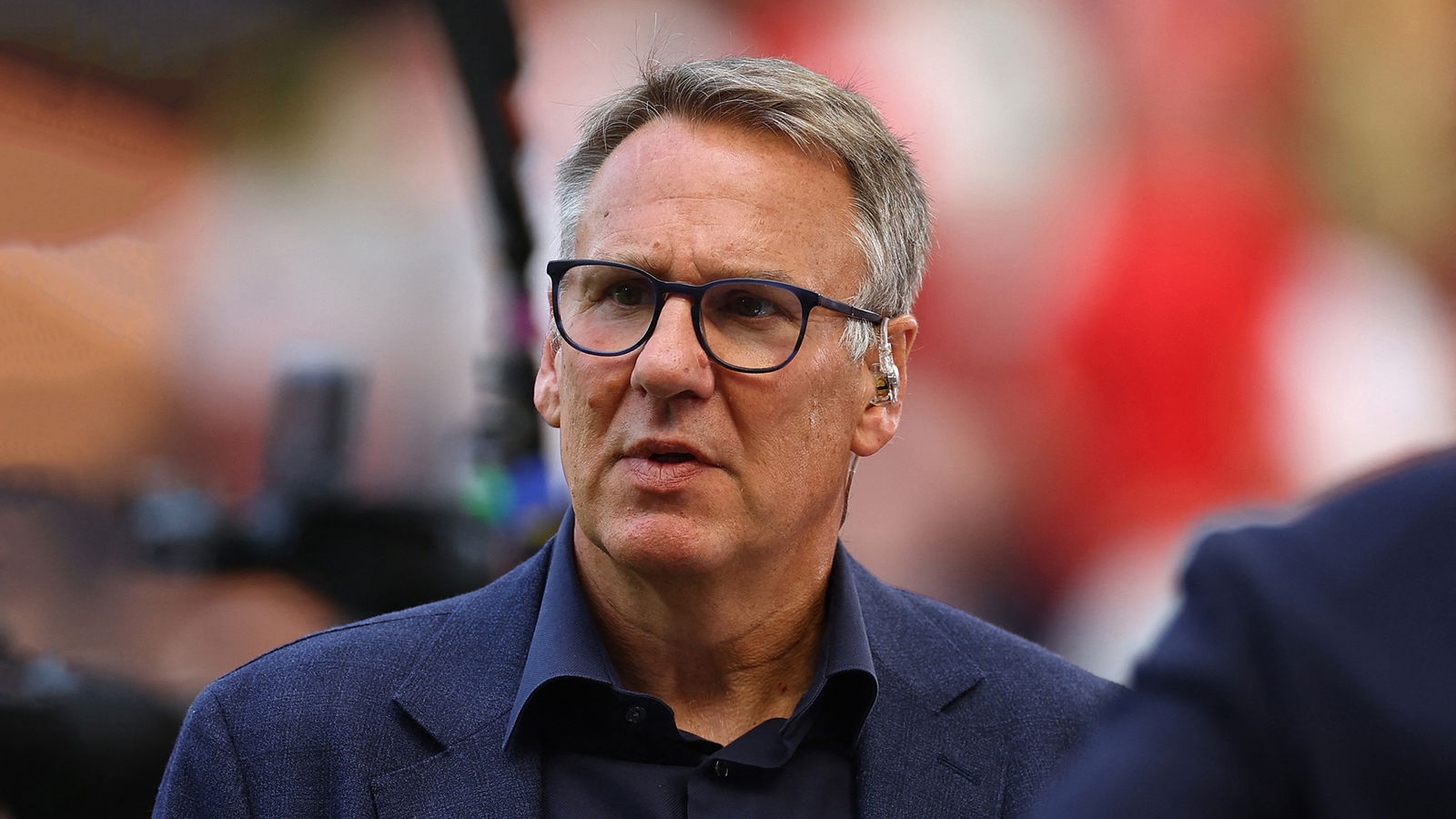ARTICLE AD
The Premier League clubs are now going to meet and reach agreement on what replaces the current PSR (Profit and Sustainability Rules), more commonly knows as FFP (Financial Fair Play)previously.
The Times report that there will be a two day meeting of the 20 Premier League clubs next week, with this change set to be top of the agenda to be signed off.
In mid-January we reported (see below) on The Mag when MPs on Parliament’s Culture, Media and Sport Committee, questioned Premier League CEO and in that session he brought news that the Premier League were set to move from their FFP (Financial Fair Play) / PSR (Profit and Sustainability Rules). Richard Masters revealing that proposals were out with Premier League clubs for them to consider, before a meeting involving all 20 clubs this month (February 2024) where it will be discussed about changing from FFP / PSR, to ‘squad cost ratio’, which is what UEFA changed to recently.
The usually very reliable Martyn Ziegler at The Times confirming this and now reporting – 31 January 2024:
‘One new measure that has already been confirmed is mirroring Uefa’s squad cost-control rule, which limits clubs to spending 70 per cent of their revenue on wages and transfers. The Premier League is set to bring in a similar rule, but with an 85 per cent limit.
The clubs are also expected to be presented with proposed measures that would replace the PSR rules, which have a ceiling of £105 million for financial losses over a rolling three-year period.
The Times has been told that some proposals include clubs needing to maintain “working capital” of £25 million, to be sure they can meet any short-term financial demands, and to pass a “liquidity test”, which demonstrates that they can cover their debts in the longer term.
The new measures would also potentially require clubs to demonstrate that they could cope with any significant financial setbacks — such as the sudden loss of a big sponsor or a big drop in income as a result of a dip in performances on the field.
The proposals are seen as an attempt to demonstrate to the government and the incoming independent regulator for football that the Premier League is responsible enough to regulate itself financially.’
Whatever happens, whatever the rules are changed to, you still can’t imagine it will remain anything else but very difficult / near impossible, for other clubs to close the gap on those already established with the highest turnovers / revenues, as they will continue to hold a massive advantage over those trying to close that gap, when it comes to the ability to pay the wages and transfer fees that all but guarantee their ongoing places at the top table in the longer-term.
Here’s hoping that it at least to a degree helps clubs such as Newcastle United and Aston Villa, who are amongst those trying to close the gap, both on and off the pitch.
The Mag report – 16 January 2024:
Earlier today (Tuesday 16 January 2024), MPs on Parliament’s Culture, Media and Sport Committee, questioned Richard Masters from the Premier League and the EFL’s Rick Parry, on the latest on a financial agreement between the top of the English game and the rest of the football pyramid.
The session also brought news that the Premier League are now set to move from their FFP (Financial Fair Play) / PSR (Profit and Sustainability Rules).
Richard Masters revealing that proposals are now out with Premier League clubs for them to consider, before a meeting involving all 20 clubs next month (February 2024) where it will be discussed about changing from FFP / PSR, to ‘squad cost ratio’, which is what UEFA changed to recently.
Premier League CEO Richard Masters talking to Parliament’s Culture, Media and Sport Committee, regarding a meeting with the 20 Premier League clubs scheduled for February 2024:
“We have some proposals out for consultation with our [Premier League] clubs about moving and aligning more with the UEFA system.
“UEFA have spent two years changing its financial regulations away from something called FFP (Financial Fair Play) to something called ‘squad cost ratio’, which is a different calculation, more a wage to turnover type calculation.
“Because over time we have historically aligned with UEFA.
“Because seven or eight of our clubs are in European competition [each season].
“We need to consider whether that is an appropriate move for us, how we do that and when.”
So what is ‘squad cost ratio’?
Well here is a more simple / basic explanation and then what the UEFA regulations exactly say, which is not all that simple to follow…
Keep Up site :
‘UEFA’s new Financial Sustainability Regulations (FSR)… replaced the Financial Fair Play system.
One key aspect of FSR is the squad cost ratio, which links a club’s spending in areas such as player wages and transfer fees to turnover. Next season (2024/25) this spending must not exceed 90 per cent of turnover, dropping to a 70 per cent limit by 2025-26 and thereafter. The squad cost ratio effectively acts as a ‘soft’ cap on what clubs can spend.’
UEFA official explanation / calculation of ‘squad cost ratio’
‘Article 92 Calculation of squad cost ratio
92.01 A licensee’s squad cost ratio is calculated as the sum of:
i employee benefit expenses in respect of relevant persons;
ii amortisation/impairment of relevant persons’ costs; and
iii costs of agents/intermediaries/connected parties (if not included in i or ii above);
divided by the sum of:
iv adjusted operating revenue; and
v net profit/loss on disposal of relevant persons’ registrations and other transfer income/expenses.
92.02 The squad cost ratio numerator is the sum of i), ii) and iii) above. The squad cost ratio denominator is the sum of iv) and v).’
Conclusions?
So at the moment, you have the Premier League using an FFP / PSR system, which basically allows clubs to lose no more than £105m over any three seasons period.
This UEFA ‘squad cost ratio’ means that basically, clubs are limited in the percentage of their turnover they can spend on wages and transfer fees. That ratio next (2024/25) season is 90 per cent of turnover and then from 2025/26 season, 70 per cent of turnover.
Obviously both systems have numerous finer details and some costs don’t get included and so on, however, the bottom line is, they are both controlled by how much your turnover / revenues are.
The real bottom bottom line is that with both systems, the higher your revenues / turnover the more you are allowed to spend on players and wages. The lower your turnover / revenues, the more restricted you are in how much you can spend on players and wages.
I think for most football fans, they will see very little difference when say for example clubs such as Aston Villa and Newcastle United are trying to close the gap on the usual six Premier League clubs, who have built up such powerful positions over such a long period.
Those PL clubs that currently have far higher revenues, will still have far greater spending power than the other Premier League clubs, whether you use squad cost ratio or FFP / PSR.
To most football fans, these systems simply appear to have been put in place to ensure that the most powerful clubs remain so, rather than any serious intention to try and protect clubs from getting into serious financial problems.

 

.png) 9 months ago
55
9 months ago
55 

